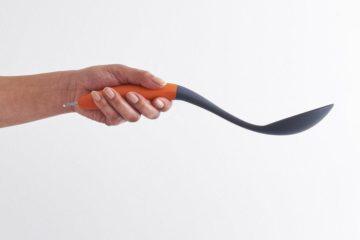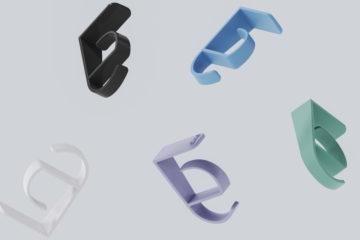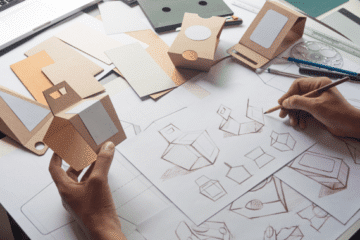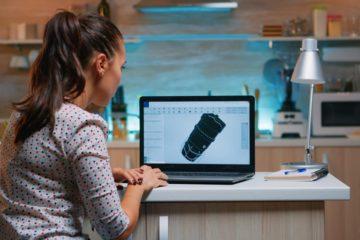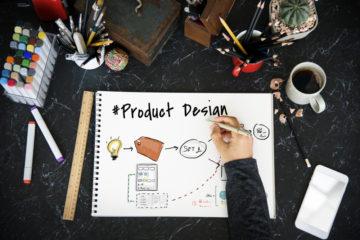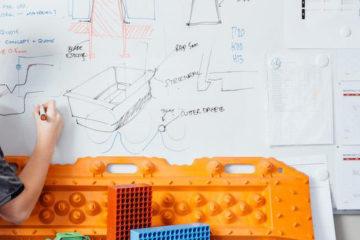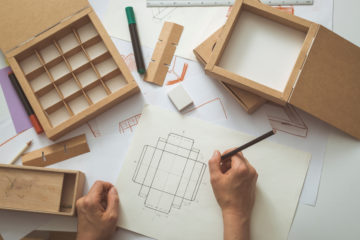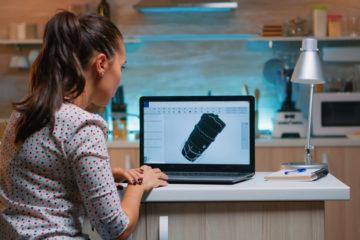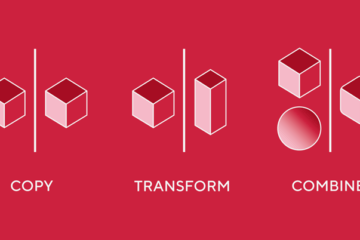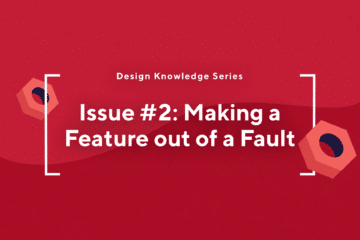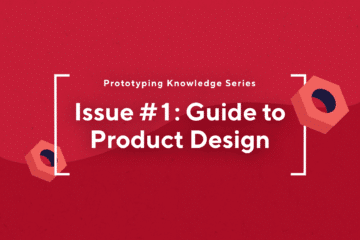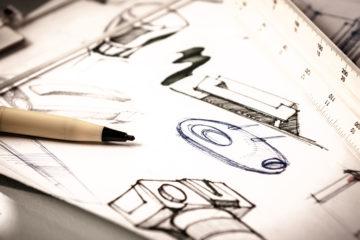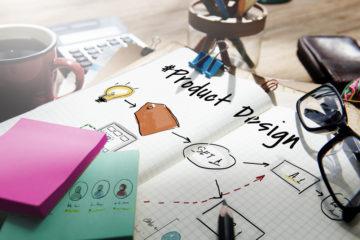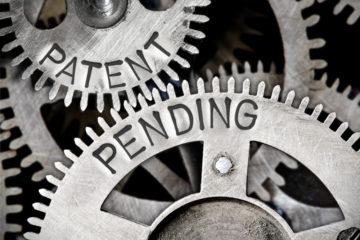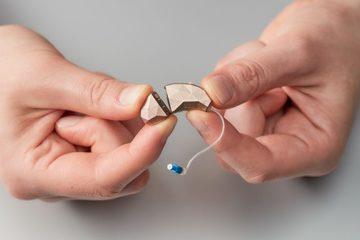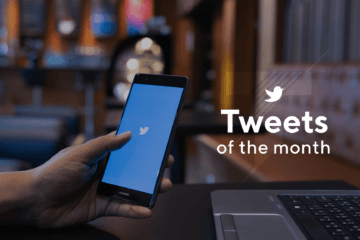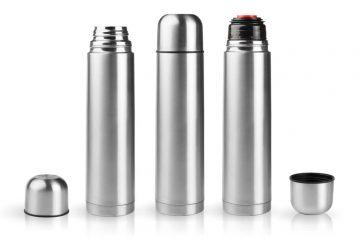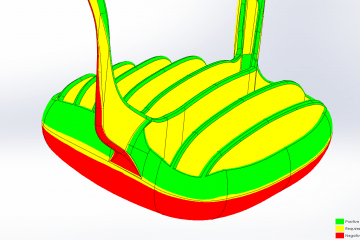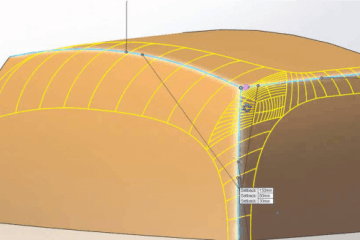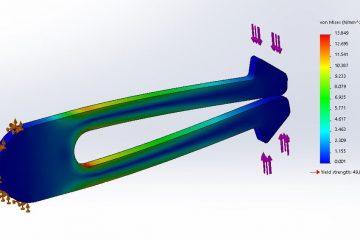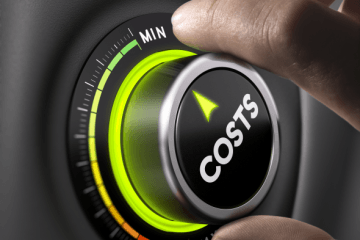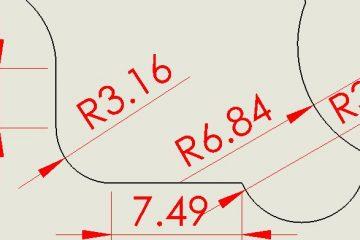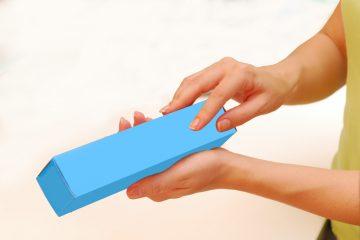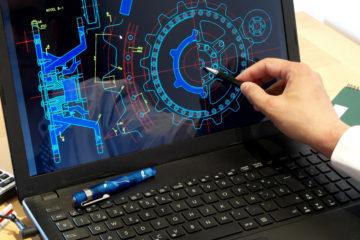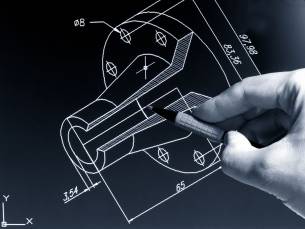Author: Bryce Holliss
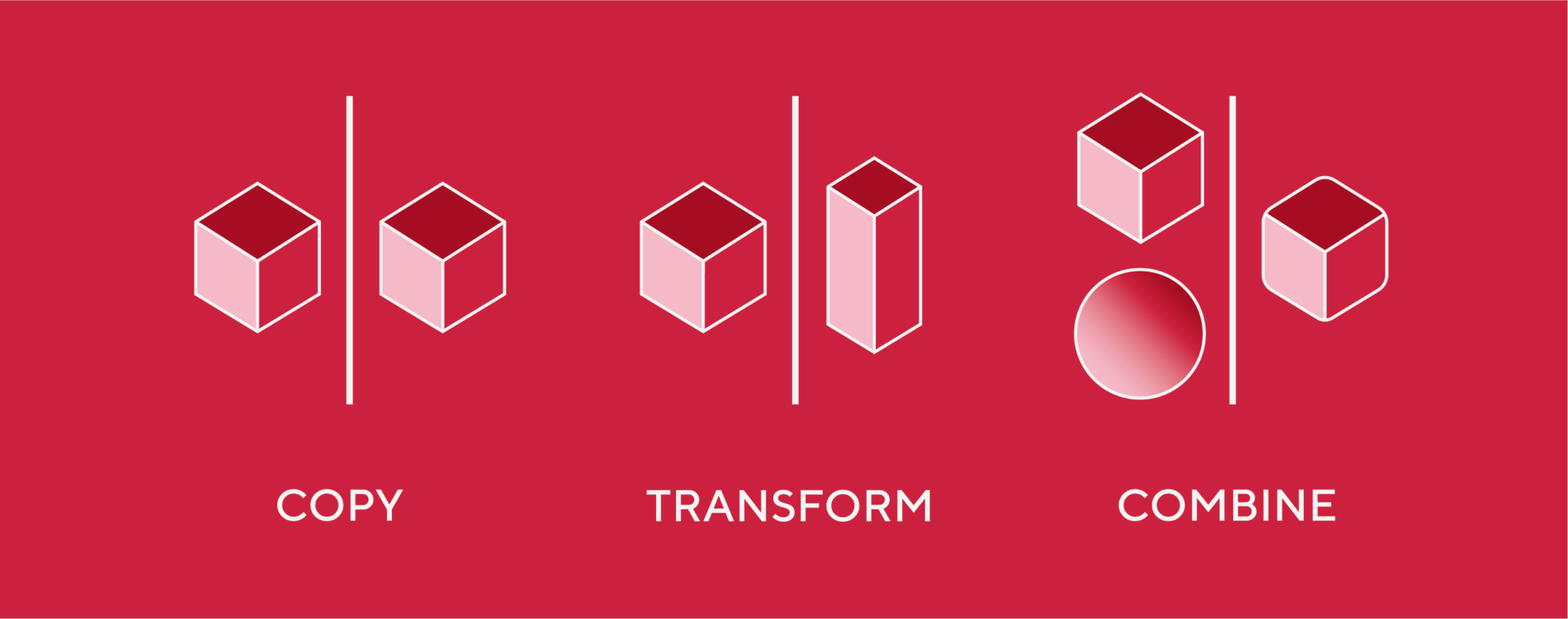
Innovation requires inspiration.
Reusing existing knowledge is integral to creating new novel design ideas. In fact, it’s impossible to successfully do without.
When it comes to product design, I’d go as far to say that it’s impossible to reinvent the wheel. This is because the ability to create new things is founded on copying, transforming, and combining things with other things that already exist. Yes, the end result may be unidentifiable from that which inspired it, though it’s still integral in the process.
Product design isn’t a process of reinventing, it is a process of remixing.
Do Remix The Wheel
Remix’ really just means ‘reuse.’ Often people’s downfall, when they have a new-to-the-world idea, is that think every aspect of it must also be new-to-the-world; things like avoiding using well known, well founded, mechanisms, materials, or styles/aesthetics.
When you have a product that solves a problem that no other product ever has, this doesn’t mean that everything about it needs to be new. If the product has straps, or clips, or needs to roll, this doesn’t mean that you can’t use Velcro, use snap-clips, or indeed, use normal wheels.
True innovation is about how a product improves an activity, or a user’s ability to carry out an activity; it doesn’t make an idea less inventive to incorporate existing design ideas.
Ultimately, when it comes to a products’ usability, it’s often better to recycle existing ideas or features. Good design should be intuitive to use, so really you want your product to have enough identifiable similarities to other things so that it can be easily picked up and learnt. Things like button layout, grip positioning, and the use of graphics/colours are all included in this.
Case Study: Design the 1st MAXTRAX
A good example of what I’m on about, for a product we’ve done here at Dienamics, is the MK1 MAXTRAX off road vehicle recovery track. 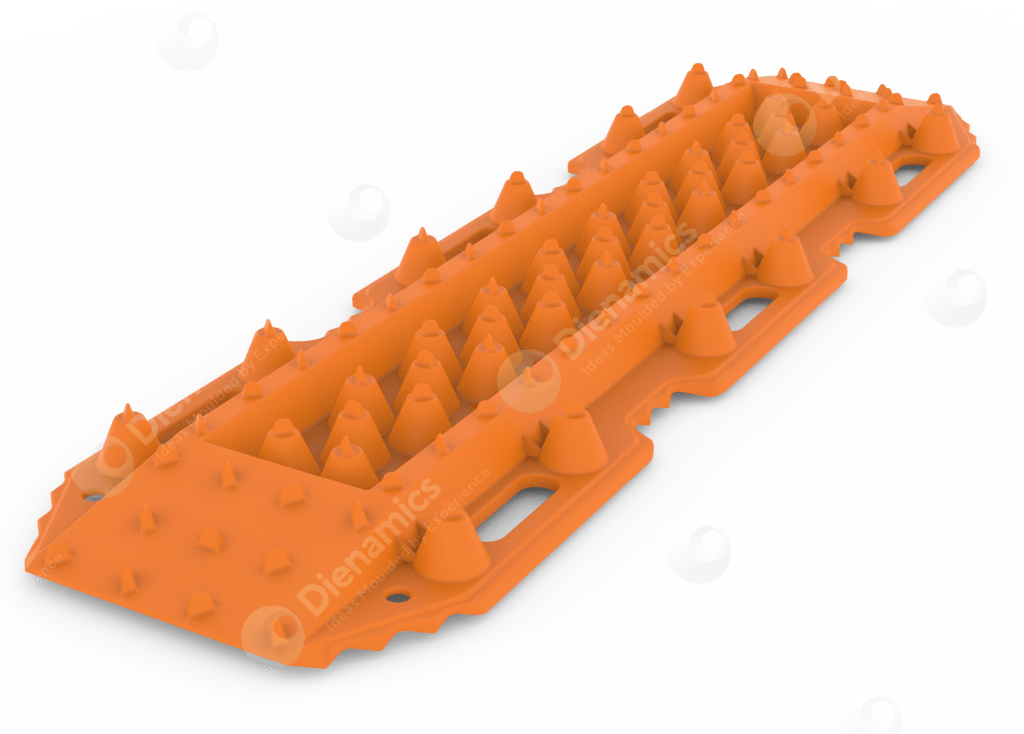
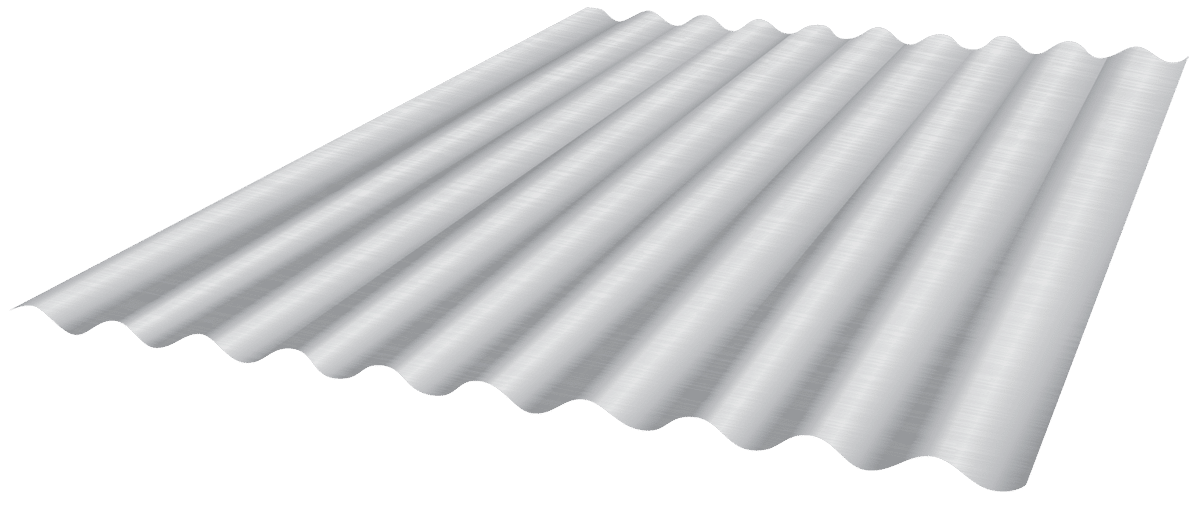 |
 |
The tracks needed to be strong enough to hold the weight of the vehicle, and also sustain a lifetime or rough outdoor use. So, when designing the part inspiration was taken from two very simple and strong every-day items; egg-cartons, and corrugated iron. Mimicking these two items, the track was designed with protruding structural crests and corrugated structural ridges.
This product was able to use very simple existing principles and apply them in a new novel way in an entirely different context of use, whilst still being an innovative product. When a vehicle gets bogged, these tracks can be levered underneath the vehicles’ tyres to give it a surface to grip on to and drive out over. It’s an innovative idea, and a simple solution, for a common off-roading problem.
To learn more about the MAXTRAX – go check out Issue #4 of our Design Knowledge Series
Alternatively, contact us if you’d like to discuss a new product idea you have!
Subscribe to Our Newsletter
Get the latest news from Dienamics into your inbox





